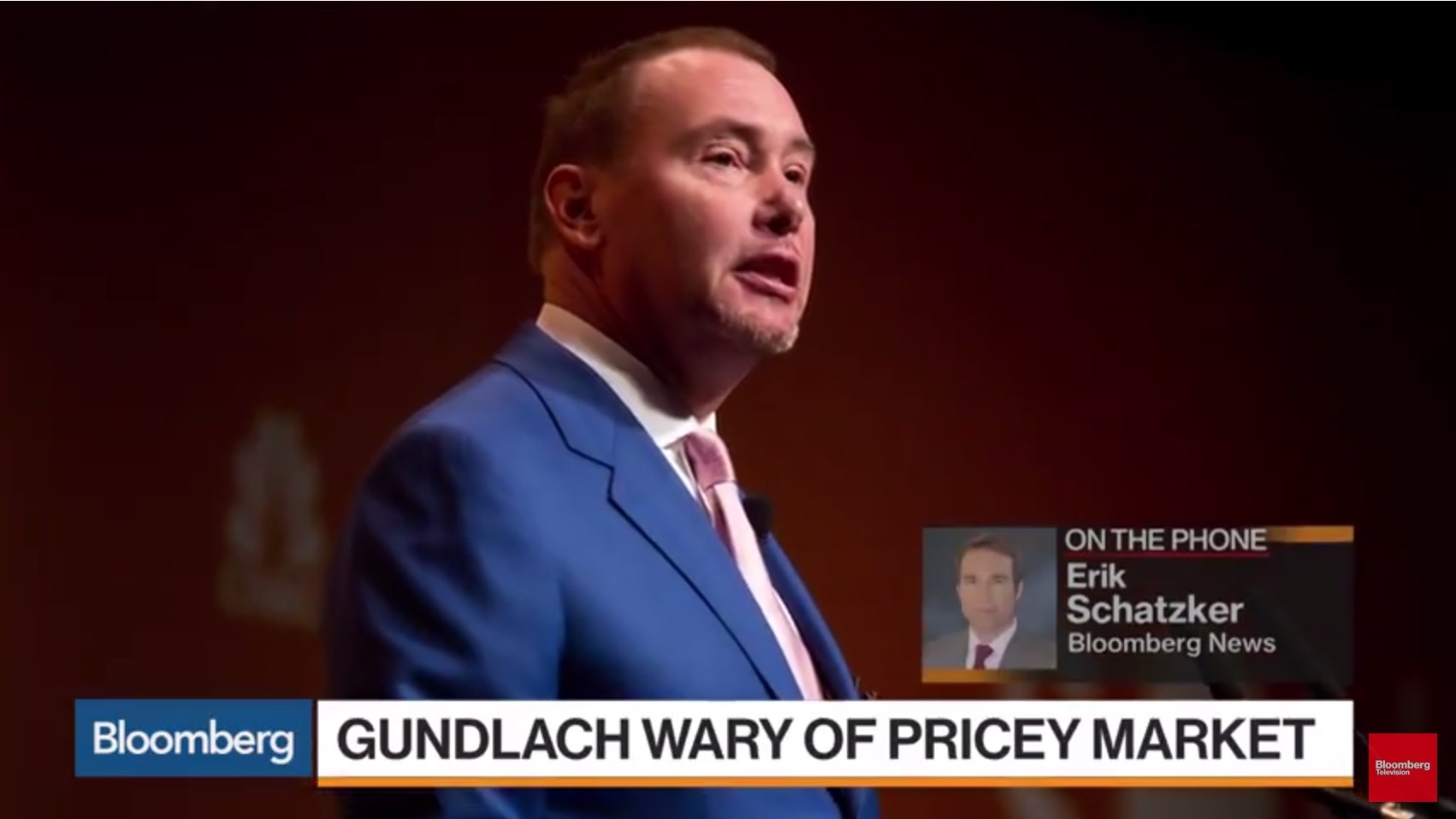Interest-rate outlook: Long-term U.S. rates now more dependent on global monetary policy
by Brian Schneider, Senior Portfolio Manager, Head of North America Rates, Invesco Fixed Income, Invesco Canada
After hitting lows for the year in June, 10-year government bond yields rose to a two-year high of 1.89% in July,1 as the Bank of Canada (BoC) unsurprisingly increased its benchmark rate from 0.50% to 0.75%.2 The accompanying statement was upbeat as well, brushing off softer inflation numbers as temporary. The BoC’s optimism will probably keep the possibility of another rate hike alive at each of its upcoming meetings. We expect interest rates in Canada to rise from current levels, but we are looking for signs that rates may have topped out in the short term.
United States
We expect solid U.S. economic growth to continue, and we believe inflation is likely to remain low for the next several months before moving higher in 2018. This does not affect our forecast for the U.S. Federal Reserve (Fed) to begin tapering its reinvestment program in September. However, inflation data will be critical in determining when the Fed raises the federal funds rate again. If inflation stays low, this may not occur until mid-2018. In our view, global monetary policy will continue to be the main driver of long-term U.S. rates, with tighter European Central Bank (ECB) policy and a rising global term premium likely to push them higher by the end of this year.
Europe
Economic growth in the eurozone has continued to improve. The rebound in growth and the modest bump in inflation (still below the ECB target) have elicited some less dovish rhetoric from ECB Governing Council members. We now expect the ECB to taper its quantitative easing program further in January 2018, lowering bond purchases to €40 billion a month. The ECB may increase interest rates at some point during the next 12 months but the probability of such a move has fallen in recent weeks, as the euro has continued to appreciate and inflation slipped to 1.3% in June from 1.4% in May and 1.9% in April.3
China
The onshore Chinese government bond yield curve bull steepened as short-term rates fell faster than long-term rates in the first half of July. Short-term rates dropped thanks to abundant liquidity, while long-term rates were relatively stable. Risk appetite is expected to fall sharply following the government’s strong remarks in the National Financial Work Conference, which is positive for government bonds in the medium term. In the near term, strengthening financial regulation and deleveraging efforts together with tax payments are likely to create short-term volatility in liquidity conditions. Post-conference, we expect government bonds to outperform in the second half of 2017 while credit spreads, especially for lower credit quality issuers, likely have room to widen.
Japan
The Japanese economy continues to grow in excess of its potential, with leading indicators suggesting that this recent trend will likely continue. Prime Minister Abe’s approval rating has deteriorated somewhat of late as he has become associated with a number of domestic scandals. However, we believe that the prime minister will switch his focus from his personal agenda preferences (such as constitutional reform) to growth-enhancing measures going forward. If he does, voter support should rebound. Japanese government bond yields continue to trade in a very tight range of 0% to 0.1%, and we expect that range to hold.4 The Bank of Japan will likely maintain current policy but continue to reduce the monthly rate of asset purchases as long as conditions permit.
United Kingdom
Consumers could struggle to contribute to U.K. growth over the coming years. Against a backdrop of rising home prices, rising real wages and low inflation, consumers have been happy to spend down savings or take on increased levels of credit card debt. However, the good times could be coming to an end. Savings are now at all-time lows, real wage adjustments have turned negative, banks are tightening lending criteria and the housing market is slowing. Any pickup in exports (resulting from a weaker pound) or less focus within the new minority government on austerity would be unlikely to make up for such a shortfall. Business investment is also likely to remain subdued while the U.K.’s ongoing relationship with the European Union (EU) remains unclear. Longer term, we expect that the U.K. will eventually agree to a softer Brexit or eventually opt to remain in the EU. While this drama plays out, we favour remaining underweight gilts relative to U.S. Treasuries. We expect the Bank of England to keep policy on hold through 2018.
Australia
The Reserve Bank of Australia (RBA) held its benchmark interest rate steady at 1.50% as expected in July.5 The RBA’s statement was unexpectedly neutral in tone, giving no hint of a rate hike anytime soon. The RBA continues to be concerned with the leverage-driven housing market. This will likely keep the RBA from lowering interest rates while stubbornly low inflation (especially in wages) may keep it from raising rates. While there have been a few signs of economic improvement, the Bank will likely be on hold for the foreseeable future. As such, we remain neutral on Australian interest rates.
With contributions from Rob Waldner, Chief Strategist; James Ong, Senior Macro Strategist; Sean Connery, Portfolio Manager; Scott Case, Portfolio Manager; Josef Portelli, Portfolio Manager; Yi Hu, Senior Credit Analyst; Ken Hu, CIO Asia Pacific; and Alex Schwiersch, Portfolio Manager.
This post was originally published at Invesco Canada Blog
Copyright © Invesco Canada Blog















